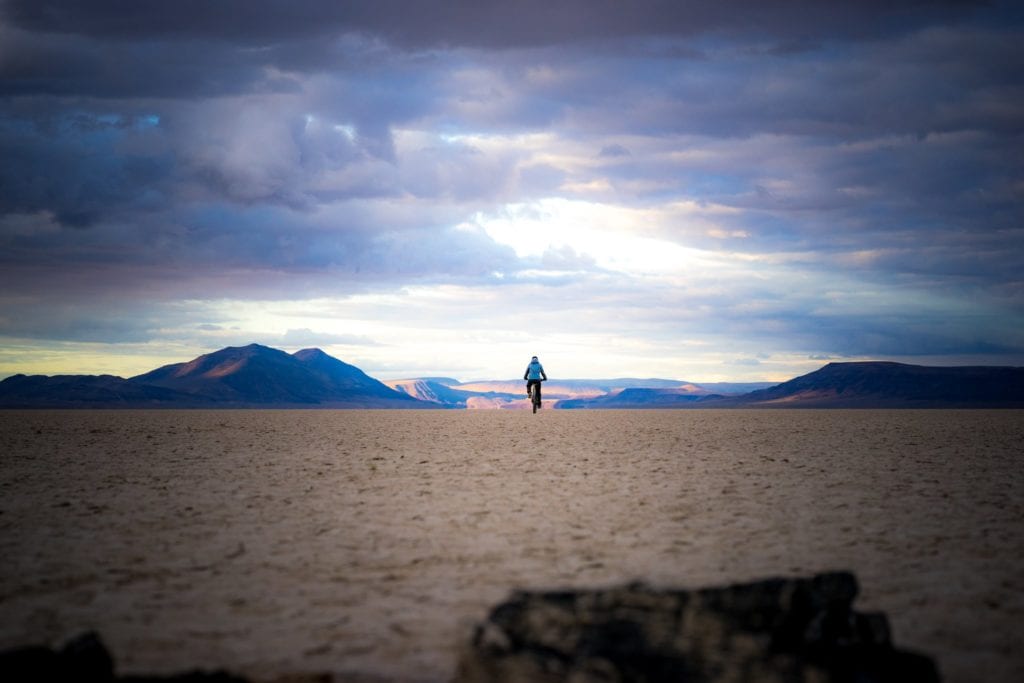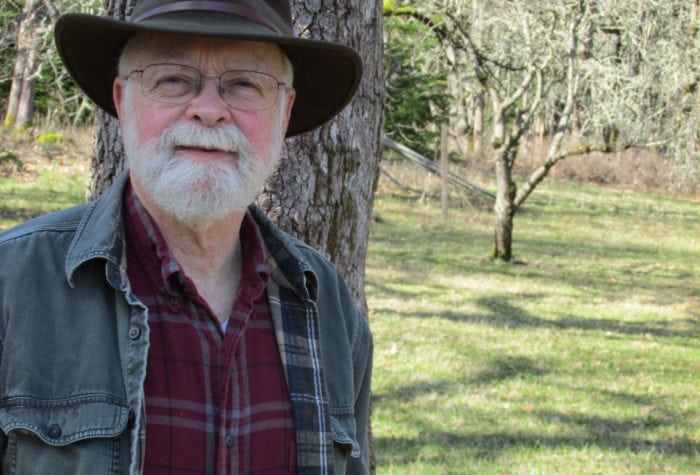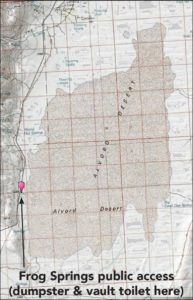Author: Renee Patrick | Published: August 12, 2021 | Category: How-to
The Alvord Desert Wilderness Study Area is an iconic attraction in Oregon’s high desert. The 50-mile long Steens Mountain creates a rain shadow for this 35+ square mile desert wonder, and increasingly people from all over Oregon (and the world) have discovered the joys of camping and recreating on the playa.
Unlike most Wilderness Study Areas which do not allow vehicle use off of designated roads, the Bureau of Land Management does allow vehicular traffic here, although driving on the flat is only advised during the dry season (July through November). Changing climate patterns have also impacted the “wet season” on the Alvord Desert, and as such, recreational use is occurring throughout the year.
Just what is a Wilderness Study Area (or WSA)? WSAs are lands identified by the Bureau of Land Management (BLM) in inventories it was directed by Congress to complete in the 1970s and 1980s. These areas meet the definition of a wilderness, but have not yet been designated as a Wilderness Area by Congress. WSAs also often have other special qualities such as ecological, geological, educational, historical, scientific and scenic values. With few exceptions, the BLM must manage WSAs “so as not to impair the suitability of such areas for preservation as wilderness” by Congress in the future.

The Alvord Desert saw unprecedented use in 2020, largely due to the Coronavirus pandemic, and BLM staff recorded use 3 to 4 times over normal use in previous years. The trash accumulation and impacts on the surrounding wildlife habitat reached critical levels.


 Only drive on the desert playa, not through the dunes, and only drive on the playa when it’s dry. When water is present, the playa turns into a thick slippery mud which can swallow even the biggest tires and the surrounding sand dunes are the nesting grounds for many different bird species. Please also keep this in mind if you camp in the dunes.
Only drive on the desert playa, not through the dunes, and only drive on the playa when it’s dry. When water is present, the playa turns into a thick slippery mud which can swallow even the biggest tires and the surrounding sand dunes are the nesting grounds for many different bird species. Please also keep this in mind if you camp in the dunes.